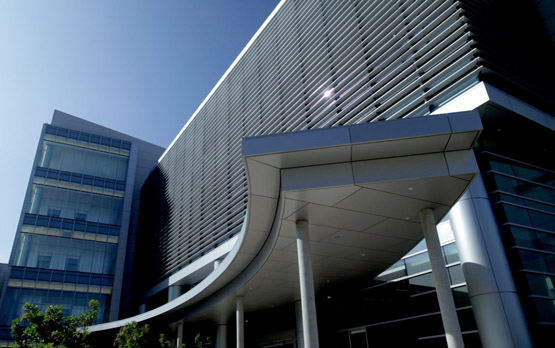
UC San Diego Health System: Saving Time, Saving Lives
Lifesaving cardiac treatment time exceeds national guidelines
By:
- Maja Gawronksa
Published Date
By:
- Maja Gawronksa
Share This:
Article Content
Over the last year, UC San Diego Health System managed to significantly decrease average door-to-balloon time, beating national guidelines by over a third, and improving care of patients with the most severe type of heart attack, known as STEMI (ST-segment-elevation myocardial infarction).
Door-to-balloon time is the interval from a STEMI patient arrival at the emergency room to the performance of balloon angioplasty by an interventional cardiologist – a lifesaving procedure during which a balloon-tipped catheter is threaded into the blocked artery, and then inflated to compress the clot allowing restoration of blood flow to the heart.
“Every 15 minute delay in providing angioplasty results in a one percent increase in mortality,” said Ehtisham Mahmud, MD, professor of medicine and cardiology, and co-director of the newly opened UC San Diego Sulpizio Cardiovascular Center, who also serves as chair of UC San Diego Health System’s Door-to-Balloon Time Committee. “Delays in the door-to-balloon time can lead to numerous complications after a heart attack, including heart failure, arrhythmia and chronic debilitation.”
National guidelines of the American Heart Association and the American College of Cardiology, the leading national institutions for cardiovascular care, call for providing angioplasty within 90 minutes.
“At the UC San Diego Health System we beat the national benchmarks and have achieved an impressively rapid time at which we treat heart attack patients,” said Lisa C. Murphy, administrative director of UC San Diego Health System Cardiovascular Services. According to the most recent data, the average door-to-balloon time was under 60 minutes.
“Improving door-to-balloon times is a comprehensive, multidisciplinary effort that includes the emergency department, pharmacists, catheterization laboratory staff and interventional cardiologists, as well as our administrative team,” said Mahmud. “We closely monitor our performance at each stage of the process of care and constantly strive to cut down the time it takes for STEMI diagnosis, catheterization lab activation, transportation within hospital, and the angioplasty procedure itself.”
Members of the team working on improving door-to-balloon time include: Ehtisham Mahmud, MD, David Guss, MD, Lisa Murphy, Anand Prasad, MD, Aaron Schneir, MD, Doug Humber, PharmD, Andrea Snyder, RN, Dale Walder, RN, Lisa Baer, RN, Tia Moore, RN, Sue Watson, Mobe Montesa, Mary Belich, Aaron Kemp, Cleo Gordon, Karen McNally and Michelle Schlueter.
Share This:
You May Also Like
Stay in the Know
Keep up with all the latest from UC San Diego. Subscribe to the newsletter today.



